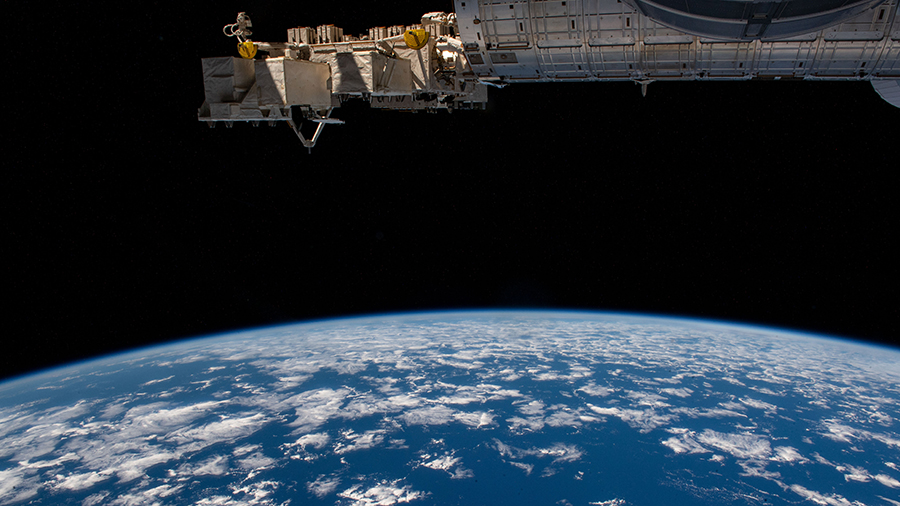Crew Preps for New Dragon, Harvests Radishes and Studies Time Perception

The International Space Station is gearing up for the next-generation SpaceX Dragon cargo craft due to lift off this weekend. Meanwhile, the seven-member Expedition 64 crew kicked off the work week on space botany and human research.
The newest Dragon resupply ship from SpaceX is due to launch to the station on Saturday at 11:39 a.m. EST with over 6,500 pounds of crew supplies and station hardware, including the NanoRacks Bishop airlock. The upgraded vehicle will dock on its own for the first time to the space-facing port of the Harmony module adjacent to the recently arrived Crew Dragon spacecraft.
NASA astronauts Kate Rubins and Victor Glover reviewed approach, rendezvous and hatch opening procedures today. They will be monitoring its arrival and docking set for Sunday at 11:30 a.m. Cargo Dragon vehicles were previously captured and installed using the Canadarm2 robotic arm.
Rubins later spent the rest of the afternoon harvesting radish plants that have been growing for four weeks inside the Columbus laboratory module. Glover also joined Japanese astronaut Soichi Noguchi for a study that is exploring how astronauts perceive time in microgravity which can impact physical and cognitive performance.
Exercise in space is critical so that astronauts remain fit and healthy and able to withstand the rigors of physically demanding tasks such as spacewalks and returning to Earth’s gravity. Flight Engineers Michael Hopkins and Shannon Walker attached sensors to themselves today and took turns on an exercise bike to measure their cardiopulmonary function. Observations from today’s exercise study may help improve physical stamina to sustain crews on longer term missions to the Moon, Mars and beyond.
Station Commander Sergey Ryzhikov of Roscosmos worked throughout the day on life support maintenance and communication tests. His fellow cosmonaut Sergey Kud-Sverchkov also checked out communications gear and worked on a pair of Russian experiments exploring the Earth’s upper atmosphere and advanced space photography techniques.
from Space Station https://ift.tt/2JzwUYA
Comments
Post a Comment